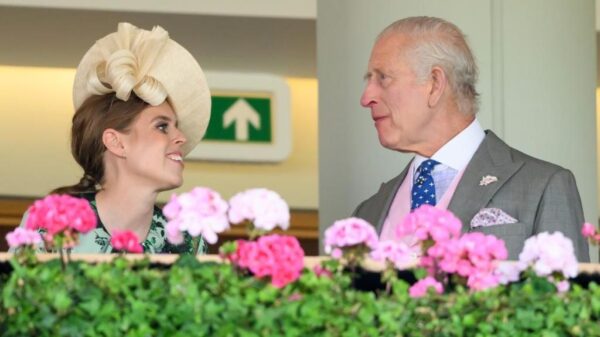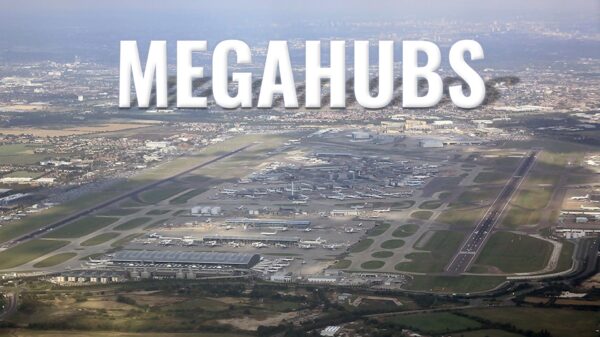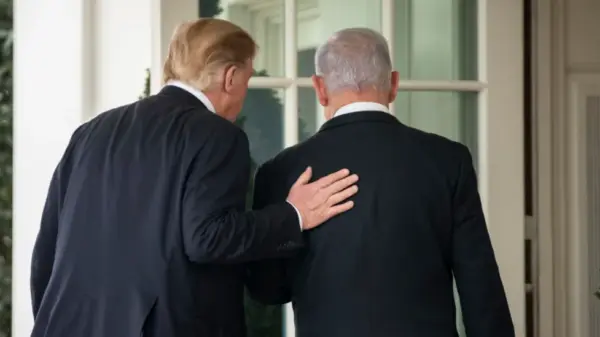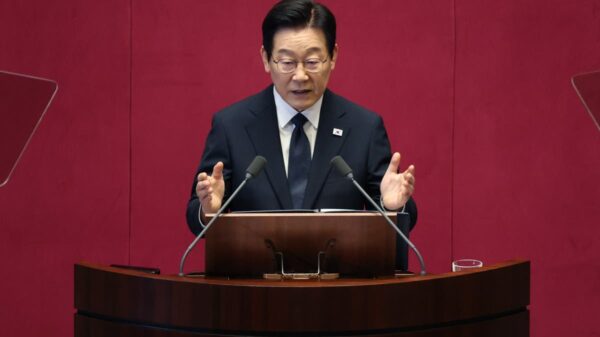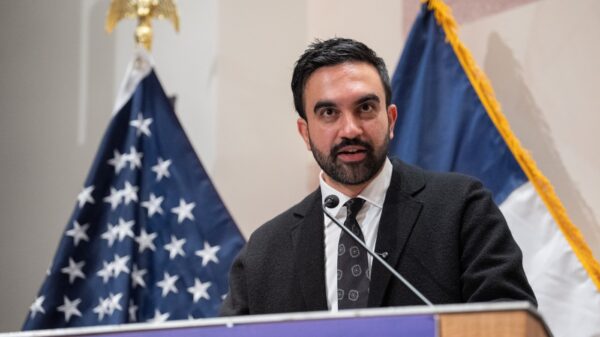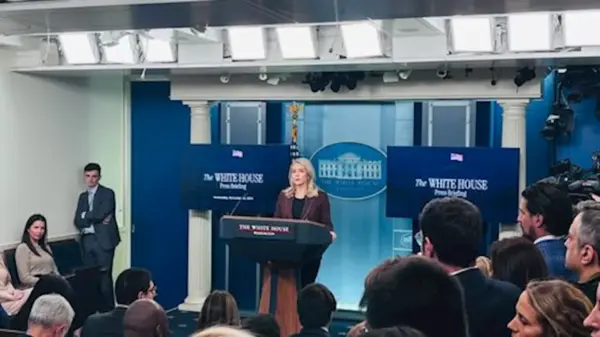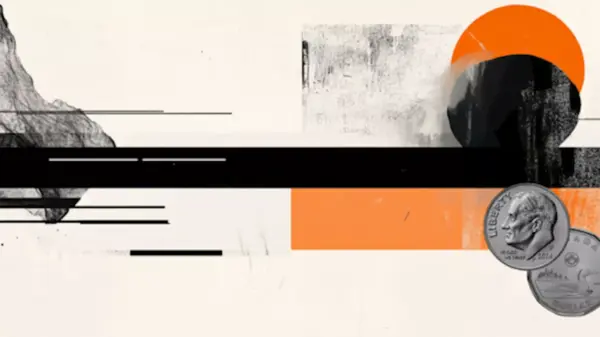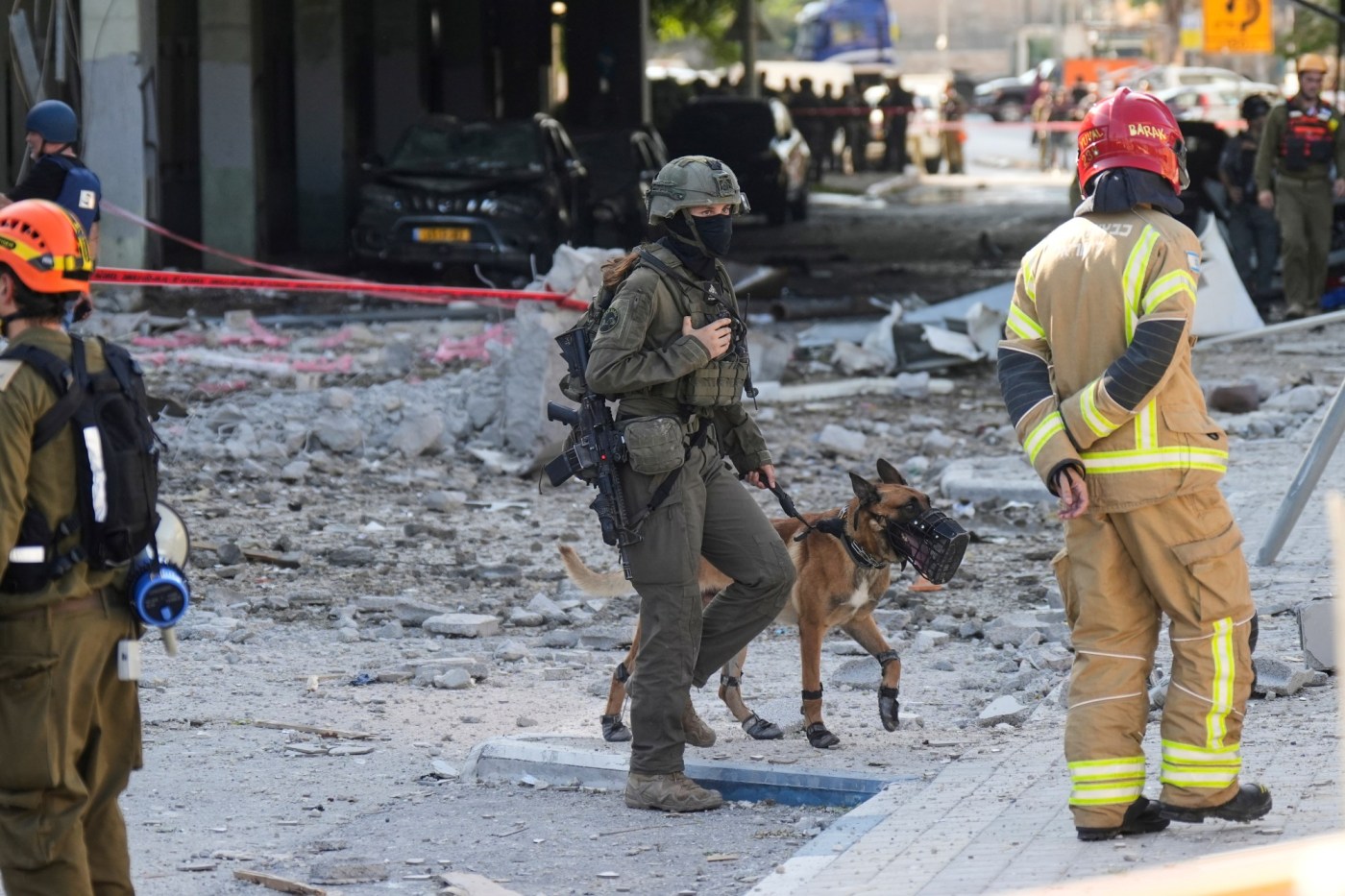The ongoing violence in the Middle East, particularly between Iran and Israel, is often seen as an intractable conflict. Yet, there is a historical narrative that suggests a path towards resolution. According to William Markson, president of the Jewish Federation of the Lehigh Valley, understanding this shared history can inform current relations and foster hope for future coexistence.
Historical Ties and Coexistence
The animosity between the Iranian regime and Israel does not reflect the long, intertwined history shared by the Jewish people and Iranian society. This relationship dates back to ancient times, notably when the Jews were exiled to Babylon (modern-day Iraq) and Persia (now Iran) after the destruction of the First Temple in Jerusalem in 586 BCE. Under the rule of Cyrus the Great, Jews were allowed to practice their faith freely, and he encouraged their return to Jerusalem to rebuild the Temple. Approximately 40,000 Jews returned, significantly contributing to the foundations of Judaism.
For centuries, the Jewish community in Persia thrived, particularly until the Islamic conquest in 642 A.D., when Islam became the state religion. While Jews were granted a form of second-class citizenship, they often found conditions in Persia more favorable than those in Europe. The Jewish population is estimated to have peaked at around 100,000 in 1948. However, this changed dramatically following the Islamic Revolution in 1979, which led to widespread persecution. By 2023, only about 9,000 Jews remained in Iran, a stark contrast to the vibrant community that once existed.
The Current Landscape of Tension
The current Iranian regime’s hostility towards Israel marks a tragic departure from a history of coexistence. Despite the vast geographical distance—Israel occupies approximately 22,000 square miles with a population nearing 10 million, while Iran spans 1,650,000 square miles and houses nearly 90 million—the Iranian government’s rhetoric often targets Israel, contributing to a climate of fear.
Both Israelis and Iranians feel the repercussions of this animosity. The Iranian leadership’s focus on hostility diverts resources away from critical areas such as education and welfare. In recent years, groups like Hamas and Hezbollah have exacerbated tensions, threatening Israel’s existence and contributing to regional instability. The attack on October 7, 2023, by Hamas, along with missile strikes from Hezbollah, highlights the ongoing threats faced by Israel.
This situation is reflective of a broader historical context, where Jews have faced displacement in various Arab lands. During the era of the Ottoman Empire, Jews in regions that now encompass Iraq, Syria, and Lebanon experienced relative stability. However, the dissolution of the empire and subsequent geopolitical changes led to significant shifts in demographics and security for Jewish communities across the Middle East. In 1948, approximately 900,000 Jews were living in Arab countries; today, that number has dwindled to fewer than 10,000.
The cycle of violence and persecution is not an inevitable outcome. Markson emphasizes that there have been many centuries of peaceful coexistence among Jews, Persians, and Arabs. These communities share cultural ties, culinary traditions, and aspirations for their children’s future.
While the current situation may seem dire, the hope remains that understanding this rich history could pave the way for renewed friendships and collaborations among these groups. In a world grappling with division, it is essential to remember that peaceful coexistence is not only possible but has existed in the past.
This perspective underscores the importance of dialogue and mutual respect as crucial steps toward resolving ongoing conflicts in the Middle East.




